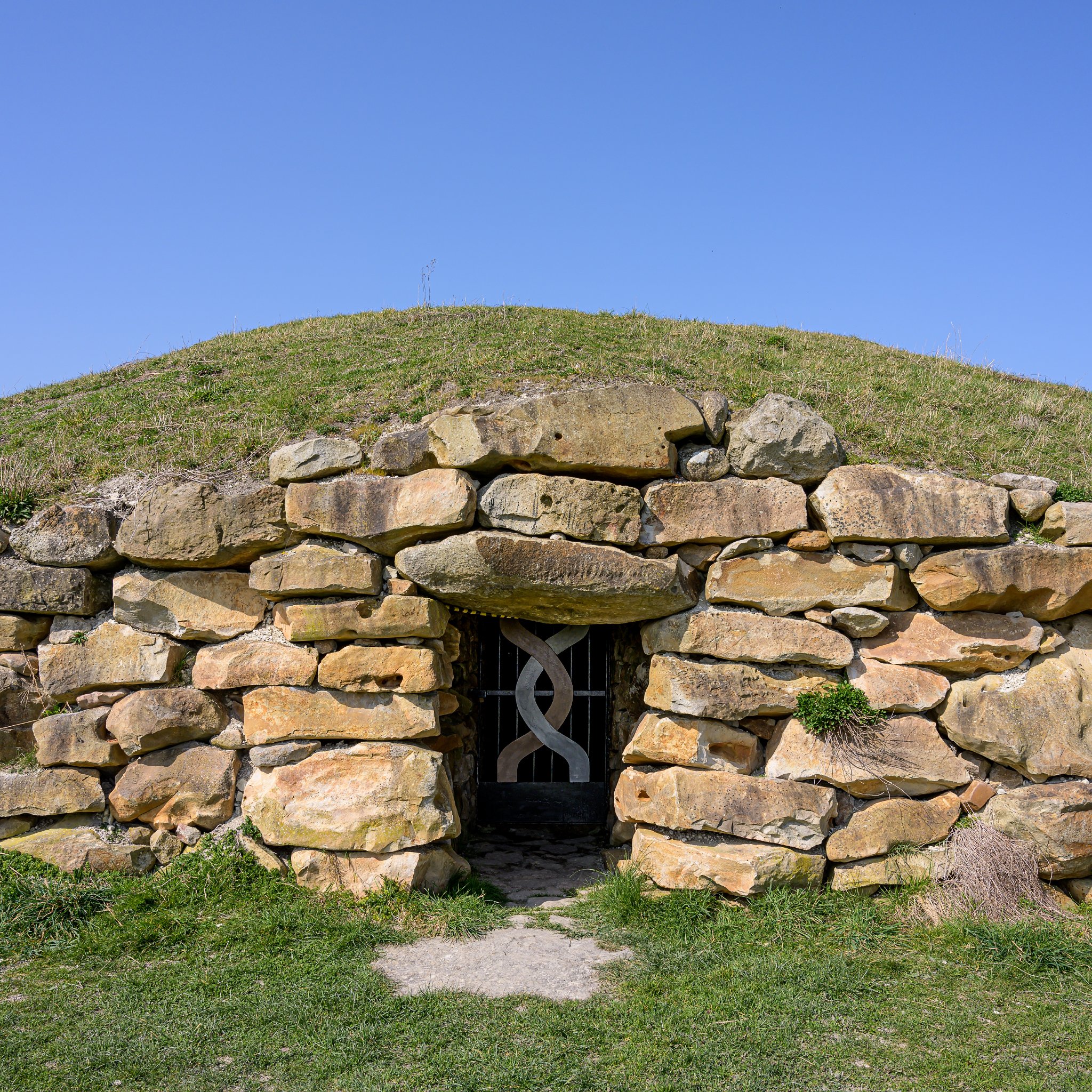In this episode of the Bluebell Podcast Glyn is joined by our French correspondent – me! And without any messing about we start the podcast with a mention of both bluebells and France, and my endless battle to stop my French ruin from crumbling around me (OK it’s not that bad but maintaining it is like painting the Forth Road Bridge. Or owning a yacht. Or a horse!)
Once again it’s bluebell season and regular followers of Hidden Wiltshire will know we like the odd bluebell (or clochette as they’re called in France). We’ve seen some nice bluebell photographs in the Facebook Group from both Elaine Perkins (Bentley Wood) and Glyn (Oakfrith Wood) and we’ve no doubt there will be a lot more to come! They are present in abundance in France (both blue and white) as well as early-purple and green-winged orchids but we won’t be sharing photographs of those as it’s not Wiltshire!
It’s been around three weeks since the last podcast now that we’ve moved to monthly broadcasts. But with Glyn’s week on Dartmoor and me having relocated to France for a while, we’ve not got a lot to report. But before I went to France my usual walking buddy Stu and I did manage a walk to Grovely Wood which began with sublime coffee and cake at the café at Langford Lakes. Whilst many people know of the Lakes it’s surprising how many have never visited, or at least haven’t been for years as was the case for Stu and I. It’s well worth the effort. Similarly, whilst most people are familiar with Grovely Wood, we had an amazing encounter there in a hidden part of the wood. You can read all about this in my blog on the Hidden Wiltshire website. This may well feature in a future podcast as this delivered one of life’s special and unexpected moments.
In conjunction with Wiltshire Museum we’ve put together a new programme of guided walks led by Glyn and I. These are ticket only events and Wiltshire Museum will be advertising them on their website soon. We will let Hidden Wiltshire followers know as soon as tickets become available but if you subscribe to alerts about new blogs on the Hidden Wiltshire website you won’t miss out.
The main feature of this episode of the podcast is an interview we did with farmer Tim Daw a few weeks ago. Tim has farmed in the Pewsey Vale for decades and is now semi-retired. (Do farmers ever retire?) But instead of buying a yacht or taking up golf, in 2014 he decided to build a long barrow which he calls a Novolithic Long Barrow. As his website says “It has internal chambers with niches and is used as a columbarium or place for cremated remains in urns to be kept.” And “The Long Barrow at All Cannings is a spiritual place where people of any or no faith can come to remember and give thanks for the lives of their loved ones.”
It was a real privilege to interview Tim on a beautiful sunny day at the long barrow and to have a guided tour of the interior. Despite being surrounded by the remains of so many people it really was the most calming and spiritual of places. And like any good long barrow it is aligned to the sunrise of the winter solstice when the sun illuminates the internal stone passageway.
It is possible to book a tour of the interior of the long barrow at Tim’s website. The entry fee goes towards the upkeep of the barrow, but you can visit the exterior for free at any time. However we think it’s worth every penny to see the interior which is a very special place indeed.
Our conversation with Tim was wide ranging and fascinating. Just like his near neighbour and farmer David Carson, Tim Daw has a keen interest in history and archaeology. How can you not living in Pewsey Vale? So apart from a conversation about the long barrow itself we also chatted about the wider area and in particular the mythical “white donkey”!
You can listen to the podcast using the link below or you will find it wherever you normally get your podcasts including Apple and Spotify.

